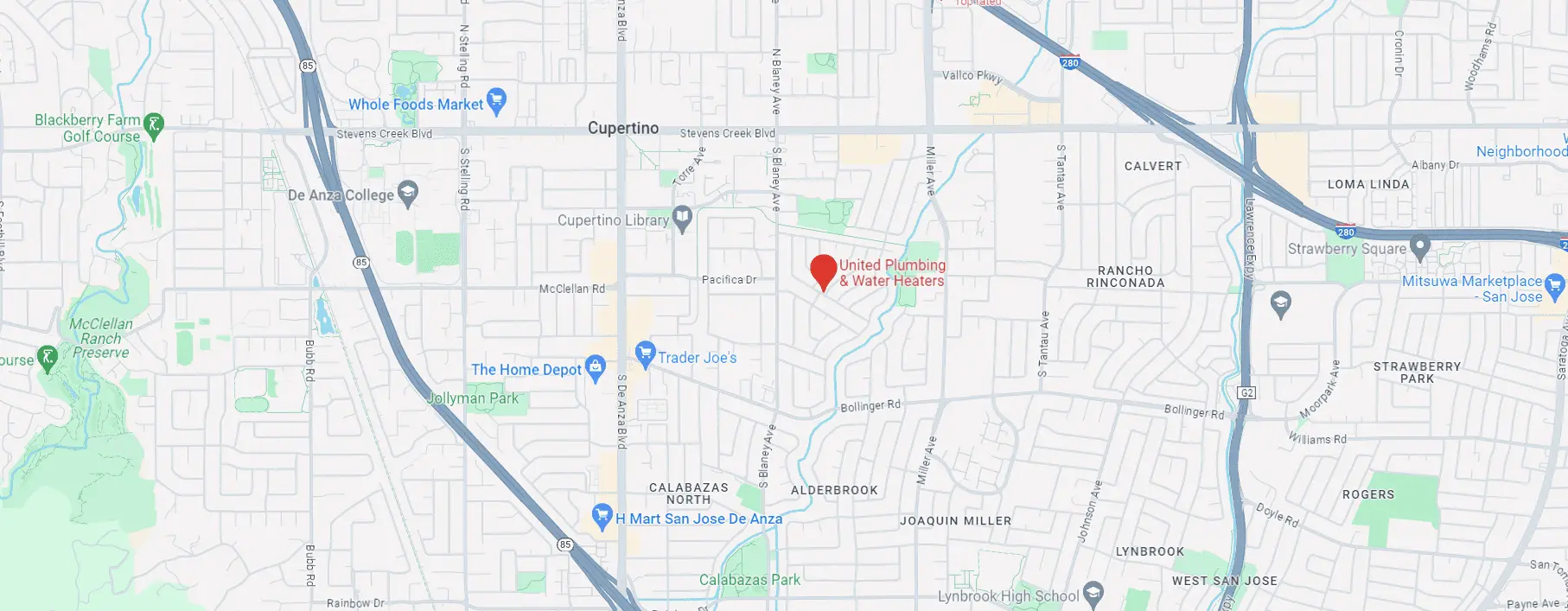What causes water to drip or dump from a temperature and pressure relief (T&P) valve?
The Temperature and Pressure (T&P) valve is a critical safety feature in water heaters, designed to prevent potential disasters by releasing excess pressure and temperature. Over time, however, the relief valve itself may become faulty or corroded, compromising its ability to function properly. In this article, we will delve into the importance of the T&P valve, signs of a malfunction, and steps to address issues for a safer and more efficient water heater.
The Significance of the T&P Valve:
The T&P valve is a small but vital component in water heaters, serving as a safety mechanism to prevent catastrophic failures caused by excessive pressure and temperature. Water heaters are designed to maintain a specific temperature, but malfunctions or other issues can lead to an increase in pressure or temperature within the tank. When the pressure surpasses the safe limit, the T&P valve activates, releasing water and reducing the pressure to prevent a potential explosion.
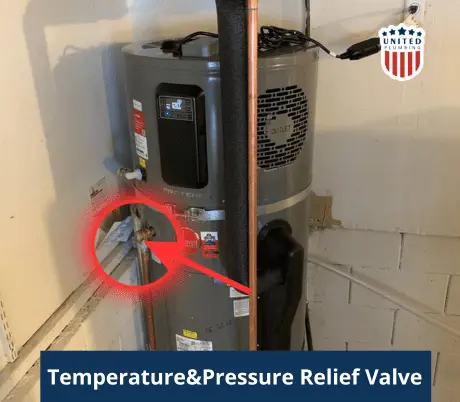
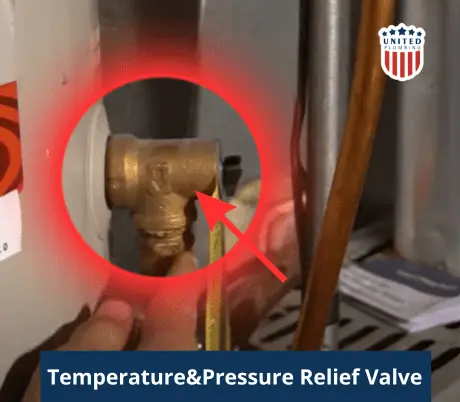
Signs of a Faulty T&P Valve:
Water Discharge:
- One of the most obvious signs of a malfunctioning T&P valve is water discharge. If you notice water leaking from the valve, it could indicate that the valve is not sealing properly or that the pressure inside the tank is too high.
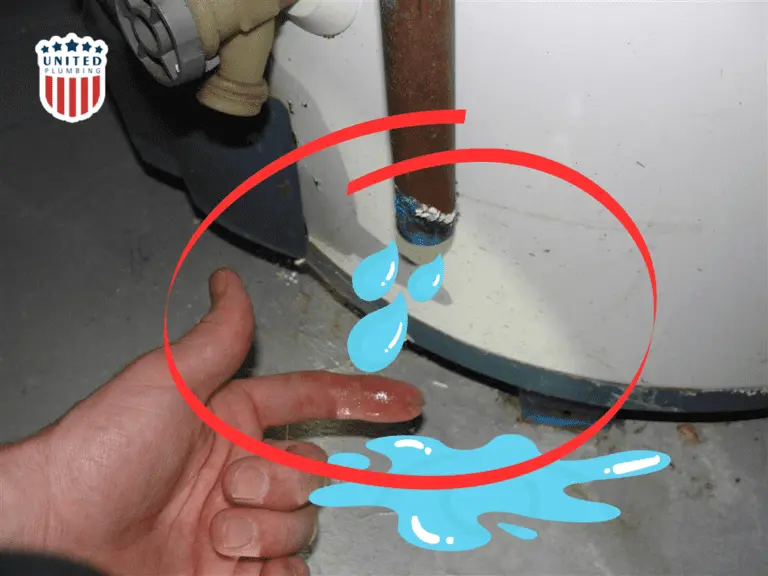
Sediment and Corrosion:
- Over time, the T&P valve may become corroded or sediment due to exposure to minerals in the water. Corrosion can impair the valve’s ability to open and close, hindering its effectiveness in regulating pressure and temperature. You can read the reasons why corrosion occurs here
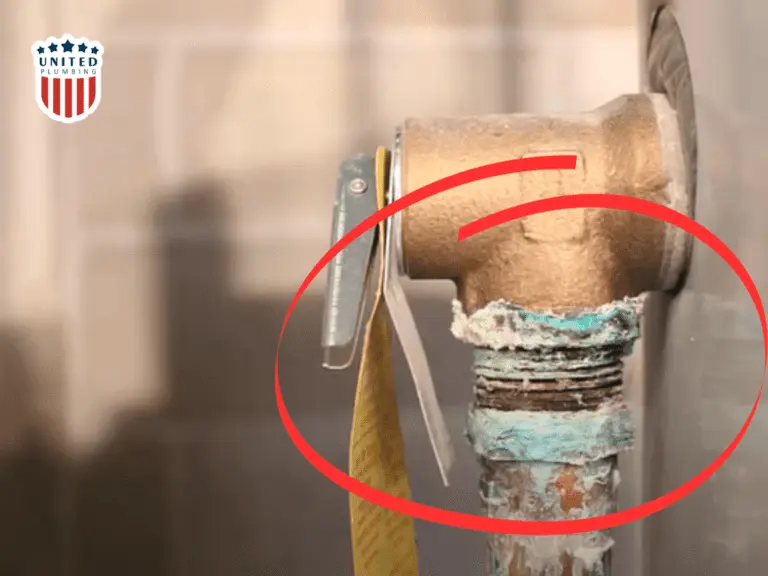
Age and Wear:
- Like any component, T&P valves have a lifespan. If the valve is old or appears damaged, it may be less reliable in emergencies. Regular inspection and maintenance are crucial to ensure the valve’s proper functioning.
Certainly, here are some additional points to consider for preventing issues with T&P (Temperature and Pressure) valves:
- Scheduled Inspections: Regularly schedule inspections of T&P valves to check for signs of wear, corrosion, or any other damage. Follow the manufacturer’s recommendations for inspection frequency.
- Testing Procedures: Conduct periodic testing of T&P valves to ensure they open and close properly. Follow the proper procedure outlined in the manufacturer’s guidelines. This helps identify any potential issues before they become critical.
- Flush the Tank: Sediment buildup in the water heater tank can affect the T&P valve’s performance. Regularly flush the tank
- Temperature Control: Keep the water heater temperature Excessive temperatures can put additional stress on the T&P valve and decrease its lifespan.
- Pressure Regulation: Install and maintain a pressure regulator in the plumbing system to prevent excessive pressure that could damage the T&P valve. High water pressure can lead to premature failure.
- Proper Installation: Ensure the T&P valve is installed correctly and complies with local plumbing codes. Improper installation can lead to malfunction and reduce the valve’s effectiveness.
- Replace When Necessary: If an inspection reveals significant wear, corrosion, or damage, it’s crucial to replace the T&P valve promptly. Waiting too long may compromise the safety of the water heating system.
- Use Compatible Materials: When replacing or installing T&P valves, ensure that all components are compatible with each other and the water heating system. Incompatible materials can lead to corrosion and malfunction.
- Educate Users: Make sure users are aware of the importance of T&P valve functionality and what to do in case of an emergency. Provide guidelines on regular checks and reporting any issues promptly.
- Professional Maintenance: Consider hiring a qualified professional to perform regular maintenance on the water heater, including T&P valve checks. Professionals have the expertise to identify and address potential problems early.
Addressing T&P Valve Issues:
If you suspect that your water heater pressure relief valve is faulty or corroded, it’s essential to take prompt action to maintain the safety of your water heater. Here’s a step-by-step guide to addressing T&P valve issues:
- Close Water Supply Valve:
- Shut off the water supply valve to the water heater. This step prevents additional water from entering the tank during the replacement.
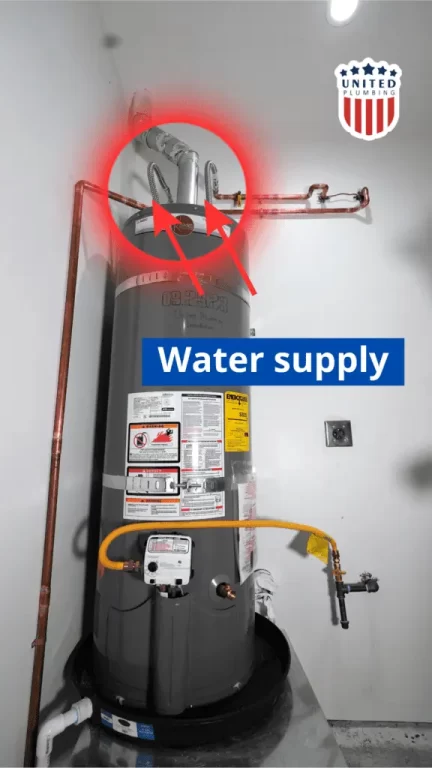
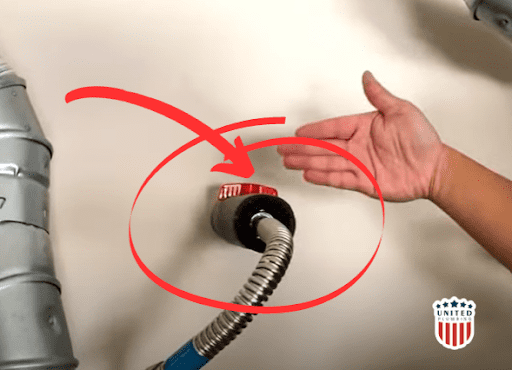
2. Drain Water from the Tank:
- To replace the T&P valve, drain a few gallons of water from the tank. This reduces the pressure inside and makes the replacement process more manageable.
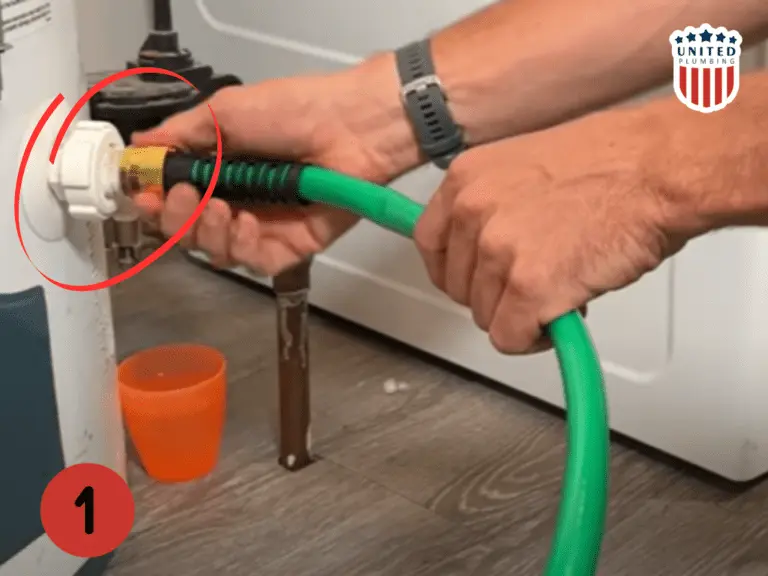
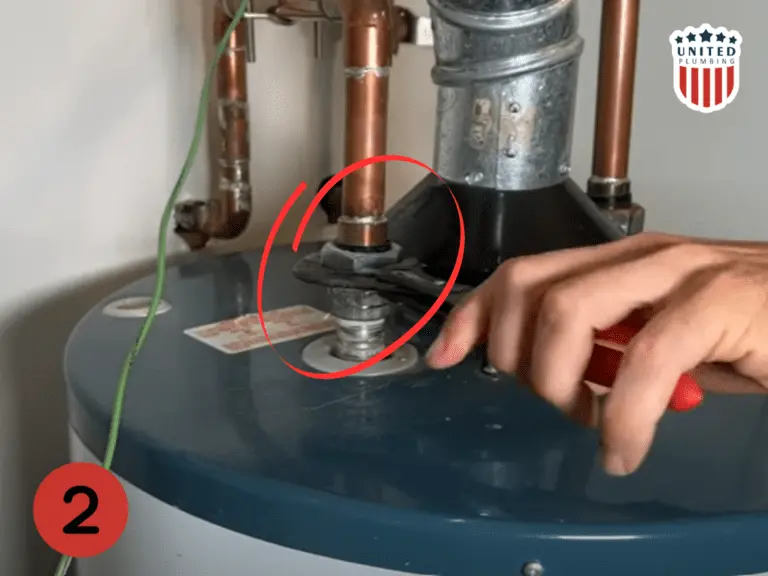
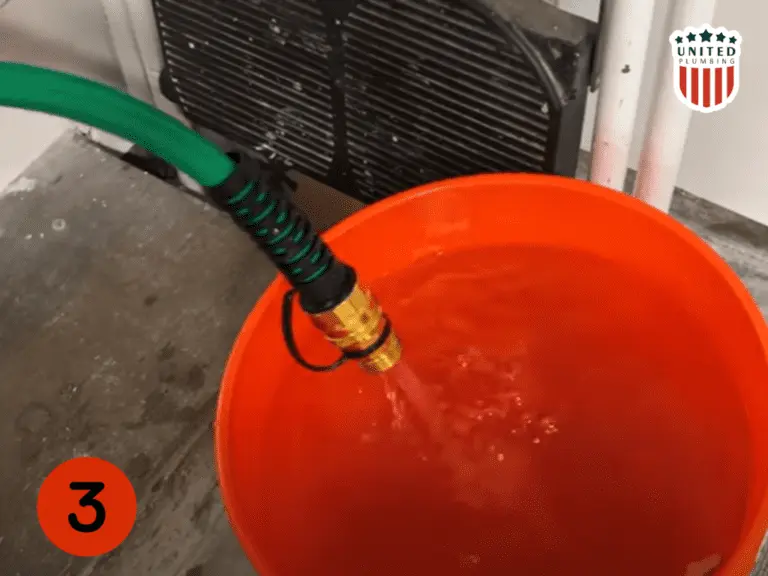
3. Replace the Relief Valve:
- Carefully remove the old T&P valve and replace it with a new one. Ensure that the new valve is compatible with your water heater model and meets safety standards.
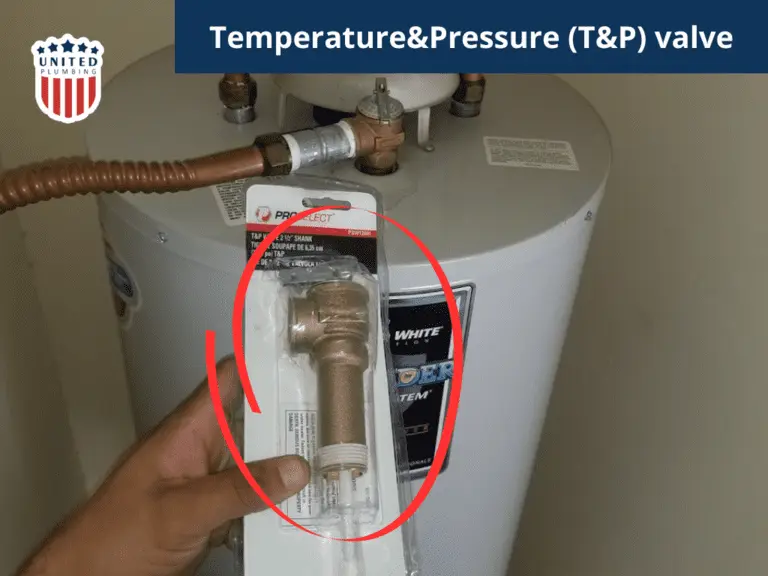
4. Test the New Valve:
- After installing the new T&P valve, test its functionality by opening and closing it a few times. This ensures that the valve operates smoothly and effectively.
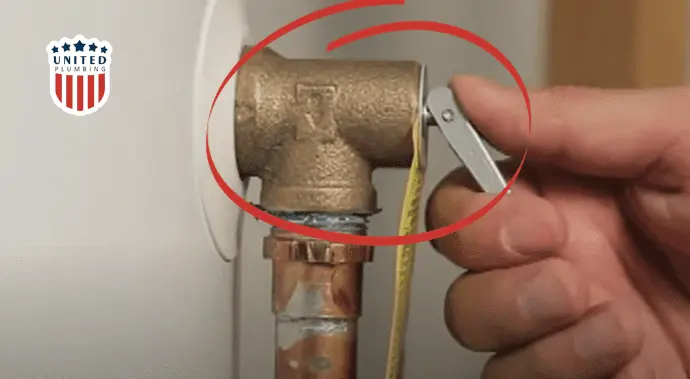
The Temperature and Pressure valve is a crucial safety feature in water heaters, protecting your home from potential disasters caused by excess pressure and temperature. Regular inspection and maintenance are essential to ensure the T&P valve functions correctly. If you observe signs of a faulty valve, such as water discharge or corrosion, taking immediate action to replace the valve is crucial for the safety and longevity of your water heater. By following the recommended steps, you can maintain a reliable and secure water heating system in your home.
Post views: 2435

